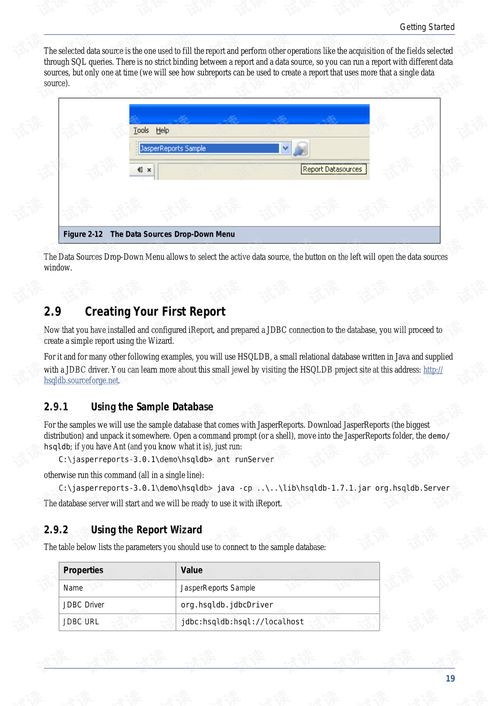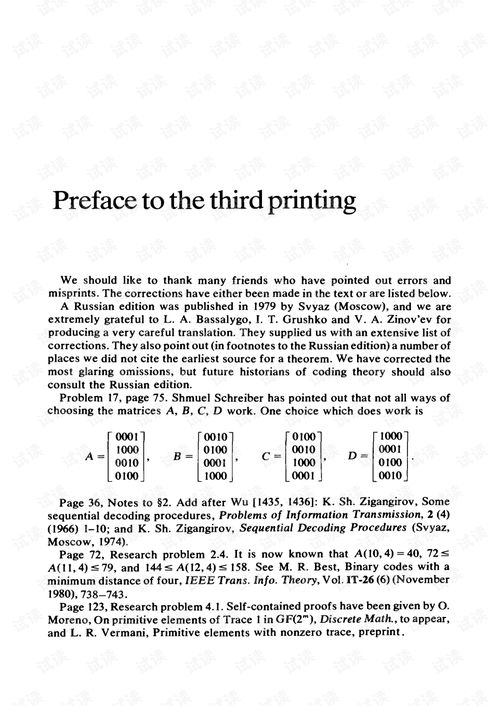Introduction:
Fishing is an art that requires patience, skill, and a bit of know-how. One of the fundamental aspects of fishing is knowing how to properly tie your fishing line. A well-tied line ensures that your bait is presented correctly to the fish and minimizes the risk of line breakage. In this article, we will walk you through the essential steps and techniques to tie your fishing line like a pro. We've included a visual guide to make the process even clearer.
Step 1: Gather Your Materials
Before you start, gather all the necessary materials:

- Fishing line
- Line spool
- Fishing reel
- Leader line (optional)
- Fishhook
- Fish sinker (optional)
- Needle-nose pliers
Step 2: Prepare the Line
- Cut the Line: Start by cutting a length of fishing line that is about 10 to 15 feet long, depending on your preference and the type of fishing you'll be doing.
- Thread the Line: Slide the end of the line through the line guide on your fishing reel, ensuring it is tight and secure.
Step 3: The Basic Knot – The Improved Clinch Knot
The Improved Clinch Knot is one of the most popular and reliable fishing knots. Here's how to tie it:
- Make a Loop: Take about 6 inches of line and make a loop by passing the end of the line back through the loop you've just created.
- Pass the Line Through the Loop: Hold the loop in one hand and the line end in the other. Pass the line end through the loop from the back to the front.
- Create a Tag End: Now, take the line end and wrap it around the standing line (the part of the line that is not in the loop) five times.
- Tie the Knot: Pull the tag end tight while holding the standing line. This will tighten the wraps and form the knot.
- Tighten the Knot: Finally, pass the tag end through the small loop at the end of the knot. Pull it tight to complete the knot.
Step 4: Adding a Leader Line
If you're using a leader line, it's important to tie it to the main line securely. Here's how to do it:
- Make a Loop in the Leader Line: Tie a loop at the end of your leader line using the same Improved Clinch Knot technique.
- Pass the Main Line Through the Loop: Take the end of your main line and pass it through the loop you've just created in the leader line.
- Tie the Knot: Secure the main line to the leader line by tying another Improved Clinch Knot with the tag end of the main line, passing it through the loop in the leader line.
Step 5: Attaching the Fishhook
Once your main line and leader line are securely tied together, it's time to attach the fishhook:
- Pass the Hook Through the Loop: Pass the shank of the fishhook through the loop in the leader line, ensuring the hook is oriented correctly.
- Secure the Hook: Wrap the tag end of the leader line around the shank of the hook several times to secure it. Trim any excess line and ensure the hook is tight against the leader line.
Step 6: Adding a Sinker (Optional)
If you're fishing in deeper waters or need to get your bait down quickly, you might want to add a sinker:
- Pass the Sinker Through the Loop: Pass the sinker through the loop in the leader line, ensuring it is positioned correctly.
- Secure the Sinker: Wrap the tag end of the leader line around the sinker several times to secure it. Trim any excess line and ensure the sinker is tight against the leader line.
Conclusion:
Tying your fishing line correctly is a crucial skill for any angler. By following these step-by-step instructions and visual guide, you'll be able to tie your line like a pro in no time. Remember, practice makes perfect, so don't be afraid to experiment with different knots and techniques to find what works best for you. Happy fishing!












